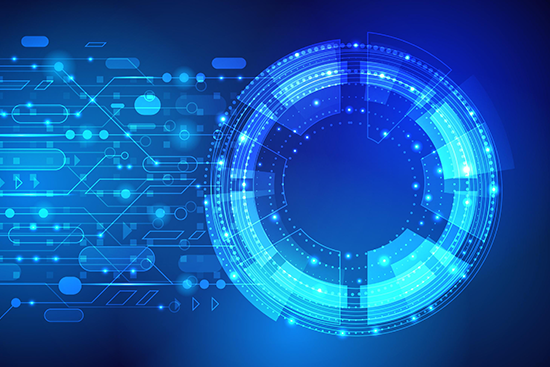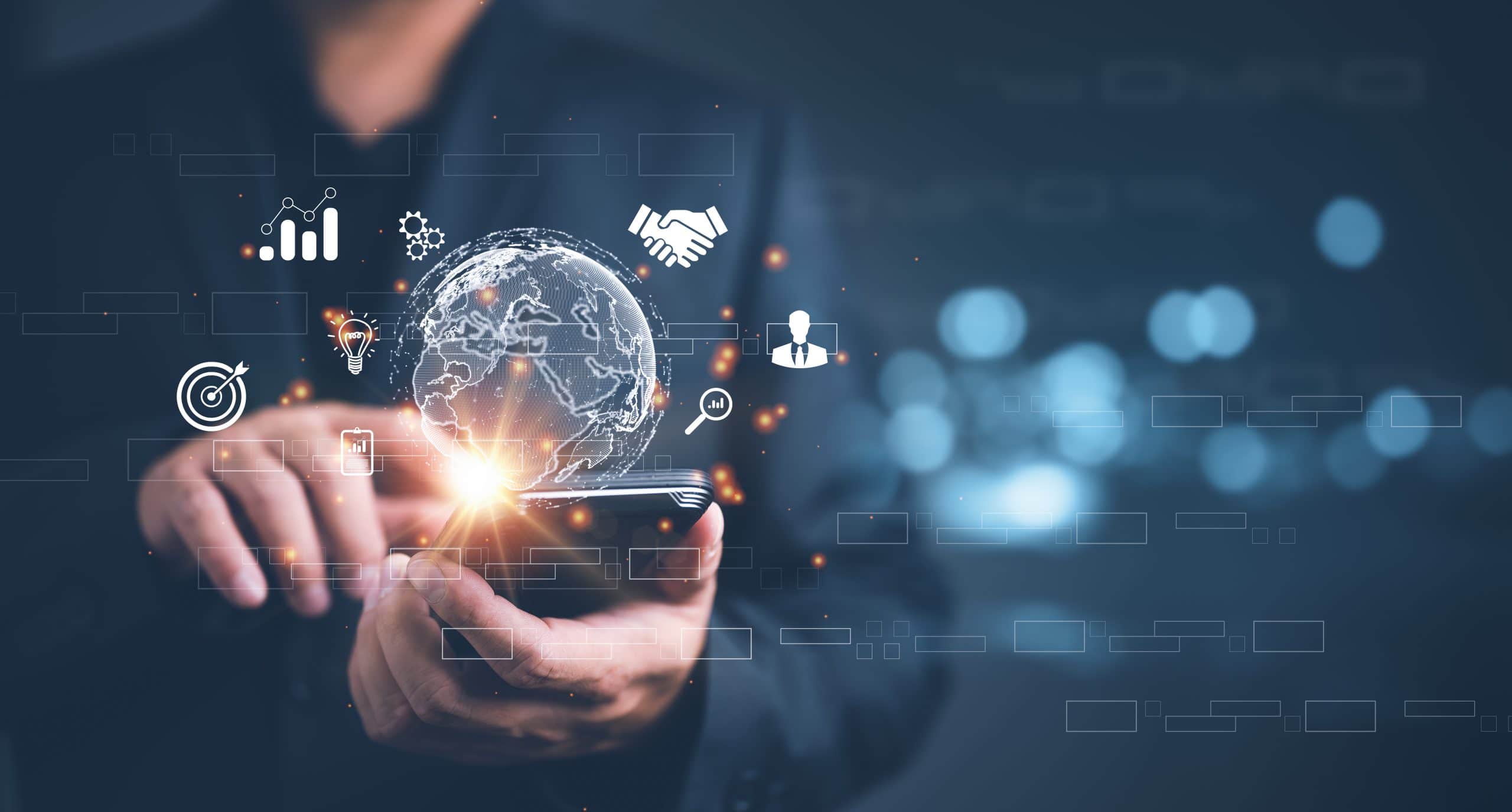Technology: Our Greatest Tool or Hidden Trap?

It’s hard to imagine a world without technology. From smartphones and smart homes to artificial intelligence and virtual reality, technology has embedded itself into every corner of our lives. It drives our communication, powers global economies, fuels medical breakthroughs, and even controls how we relax and entertain ourselves.
But for all the incredible progress technology has brought, it’s not without its complications. As we become more reliant on digital tools, it’s worth asking: Is technology making our lives better—or just busier?
Let’s dive into the many faces of modern technology, its benefits, its downsides, and how we can strike a healthy balance in the digital age.

How Technology Has Transformed Our Lives
There’s no denying the positive impact technology has had on humanity. In just a few decades, we’ve gone from corded landlines and printed encyclopedias to video calls and instant access to the world’s knowledge.
Here are some areas where technology has radically improved our lives:
1. Communication
Remember when you had to wait days for a letter to arrive? Today, you can connect with someone across the globe in seconds through messaging apps, social media, or video conferencing. Technology has brought families closer, made remote work possible, and helped people maintain relationships across distances.
2. Healthcare
From wearable fitness trackers to robotic surgery, technology is revolutionizing healthcare. Telemedicine allows patients to consult doctors from home, while AI-driven diagnostics are helping detect diseases earlier than ever before. Innovations like 3D printing and personalized medicine continue to push the boundaries of what’s possible.
3. Education
Online learning platforms have made education more accessible than ever. Whether it’s children attending virtual classes or adults learning new skills on platforms like Coursera or YouTube, technology has broken down traditional barriers to learning.
4. Business and Work
Remote work, cloud computing, automation, and AI have transformed how we work. Technology has allowed small businesses to compete globally, empowered freelancers to work from anywhere, and increased overall productivity.
5. Everyday Convenience
From food delivery apps to smart thermostats, technology has streamlined many daily tasks. You can book a ride, shop for groceries, or manage your finances all from your phone.
The Other Side: The Downsides of Technology
For all its benefits, technology isn’t a cure-all. In fact, over-reliance on tech can create new problems—some of which are just now coming into focus.
1. Mental Health Issues
Studies have linked excessive screen time and social media use to anxiety, depression, and loneliness—especially in young people. The pressure to always be connected or “perform” online can take a serious toll on emotional well-being.
2. Loss of Privacy
Every click, like, and search you make online is tracked and analyzed. From targeted ads to data breaches, our personal information is more vulnerable than ever before. Many people are unaware of how much data they’re giving away—and what it’s being used for.
3. Digital Addiction
Many apps are designed to be addictive, using reward loops and push notifications to keep us constantly engaged. The average person now checks their phone over 90 times a day. That constant distraction can reduce productivity, sleep quality, and real-life social interaction.
4. Job Displacement
Automation and AI are making some jobs obsolete, especially in manufacturing, retail, and administrative work. While new tech jobs are being created, not everyone can easily transition into those roles, leading to inequality and unemployment in certain sectors.

5. Reduced Critical Thinking
Search engines are amazing, but they also make it easy to stop thinking deeply. Why remember facts when you can just Google them? Some educators worry that students are becoming too reliant on technology, leading to surface-level understanding rather than deep learning.
Technology and Relationships: Closer or More Distant?
Technology allows us to stay in touch with more people than ever before—but are we truly connecting?
On one hand, video calls and messaging apps help long-distance relationships thrive. On the other, many people find themselves scrolling through feeds instead of having meaningful conversations. “Phubbing” (snubbing someone in favor of your phone) is now a common behavior that can quietly erode relationships.
In some cases, online life replaces real life. It’s easy to mistake likes and comments for true connection. Building strong, face-to-face relationships takes time, vulnerability, and effort—things technology sometimes discourages.
Can We Have a Healthy Relationship with Technology?
Absolutely. The key is to become intentional about how we use technology, rather than letting it use us. Here’s how:
1. Set Boundaries
Designate tech-free times or zones, like during meals or in the bedroom. Consider using “Do Not Disturb” modes, setting screen time limits, or even going on digital detoxes when needed.
2. Be Selective
Curate your digital environment. Unfollow accounts that make you feel anxious or inadequate. Choose tools and apps that support your goals rather than distract from them.
3. Reconnect with the Physical World
Make time for offline activities: reading a book, taking a walk, gardening, or having coffee with a friend. These small acts help you ground yourself in the real world.
4. Stay Informed
Understand how your data is being used. Read the fine print. Take control of your privacy settings. Awareness is the first step toward digital empowerment.
5. Use Tech to Enhance, Not Replace
Technology should support your life, not consume it. Use meditation apps to calm your mind, fitness trackers to improve your health, or online courses to grow your skills. Let tech be your tool—not your master.
The Future of Technology: Where Are We Headed?
Emerging technologies like artificial intelligence, blockchain, quantum computing, and biotechnology promise to reshape our world even further. While this future is exciting, it also raises important ethical questions:
How do we ensure AI respects human values?
What happens if machines become smarter than humans?
Who controls the data that drives decision-making?
How do we ensure equal access to life-changing technologies?
These questions don’t have simple answers, but they deserve attention. As we build the future, we must also think critically about the kind of world we want to create.
Final Thoughts: A Double-Edged Sword
Technology is one of humanity’s greatest achievements—and its greatest challenge. It has the power to elevate, connect, and transform lives. But left unchecked, it can isolate, overwhelm, and even control us.
The goal isn’t to reject technology, but to use it mindfully. Like any tool, its value depends on how we wield it. Let’s use it to amplify the best parts of being human—curiosity, creativity, compassion—rather than replace them.
